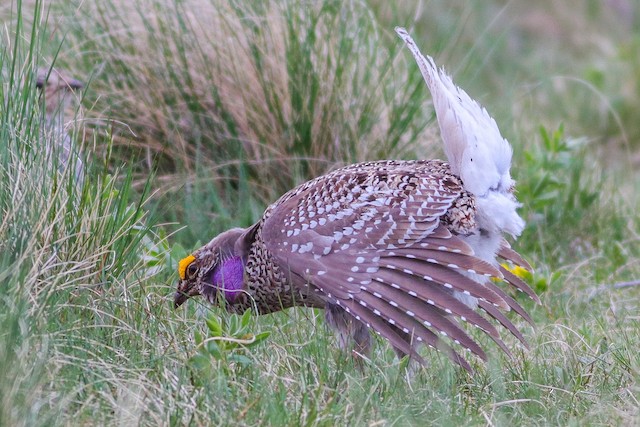 If you feed birds in your yard each winter, why not turn your hobby into research that supports bird conservation? By joining Project FeederWatch and sharing information about which birds visit your feeders between November and April, you can help scientists at Bird Studies Canada and the Cornell Lab of Ornithology track changes in bird numbers and movements.
If you feed birds in your yard each winter, why not turn your hobby into research that supports bird conservation? By joining Project FeederWatch and sharing information about which birds visit your feeders between November and April, you can help scientists at Bird Studies Canada and the Cornell Lab of Ornithology track changes in bird numbers and movements.
Project FeederWatch begins on November 10 and runs until early April. Taking part is easy! Just count the numbers and kinds of birds at your feeders, and enter the information on the FeederWatch website (or on printed forms). Last season, 2565 Canadians participated, and another 13,000 people in the United States.
Results from ‘citizen science’ programs like Project FeederWatch help research and conservation organizations monitor long-term population trends and changes. FeederWatch has shown a northward expansion in the ranges of some species like Northern Cardinals and Red-bellied Woodpeckers, probably the result of changing climate and habitats. FeederWatchers have also documented a range-wide decline in Evening Grosbeaks. This species was a common bird at feeders just 25 years ago.
FeederWatch has also tracked the seasonal movements of irruptive species, and recorded the spread of avian illnesses. In 2011-12, Canada experienced a mild winter, with very little snow cover in much of the country. As a result, birds had access to lots of natural foods, which was a factor in fewer birds being seen at feeders.
After 25 years of Project FeederWatch as a North America-wide program, we know the patterns of fluctuations. Many ‘irruptive’ birds such as winter finches (e.g., Common Redpolls, Pine Siskins, and Pine Grosbeaks) tend to move out of their normal ranges at regular intervals. They feed largely on tree seeds. When their food in northern and mountainous areas is in short supply, they move into southern and lowland areas, and descend on feeders.
 Join Project FeederWatch
Join Project FeederWatch
The $35 Project FeederWatch enrollment fee includes a Bird Studies Canada membership and four issues of BirdWatch Canada magazine. You will also receive educational materials, including: a large full-colour poster of common feeder birds; a bird calendar; a comprehensive instruction and data booklet; a useful bird-feeding handbook; the latest FeederWatch results; articles on bird behaviour; answers to your bird questions, and more!
Bird Studies Canada (www.birdscanada.org) is dedicated to advancing the understanding, appreciation, and conservation of wild birds and their habitats. BSC is Canada’s national body for bird research and conservation, and is a non-governmental charitable organization.
There are four ways to register for Project FeederWatch in Canada:
Visit the “Explore Data” section of the FeederWatch website at http://watch.birds.cornell.edu/PFW/ExploreData to find the top 25 birds reported in your region and bird summaries by state or province.
For further information contact Kerrie Wilcox, Bird Studies Canada, (519) 586-3531 ext. 134, kwilcox@birdscanada.org
Posted by Pat Bumstead






 Long-billed Dowitchers, Frank Lake. September 12, 2013. Photo by Dan Arndt
Long-billed Dowitchers, Frank Lake. September 12, 2013. Photo by Dan Arndt
